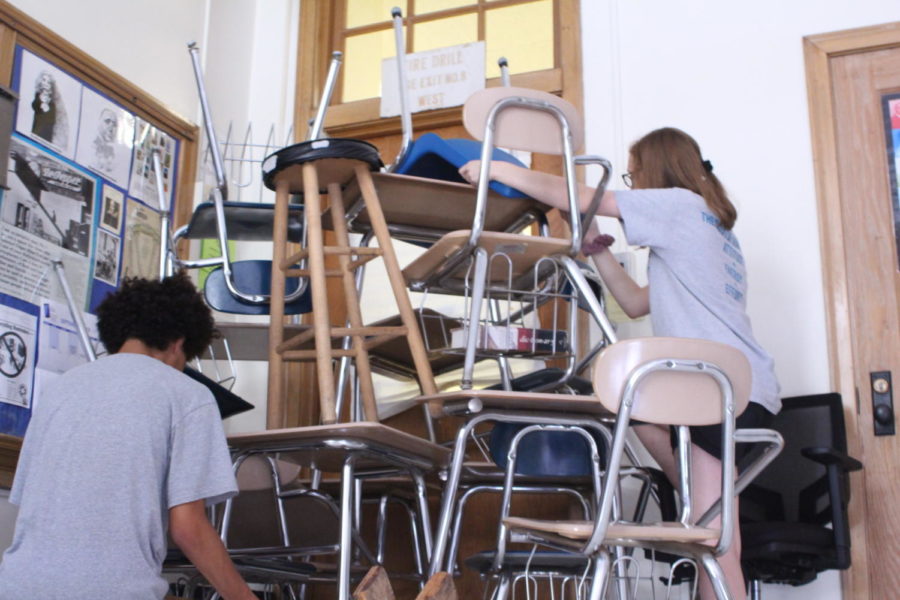School implements new violent incident procedure
In this photo illustration, LION recreates a barricade similar to those practiced in the ALICE drill (Voytovich/LION).
September 20, 2019
On Tuesday, Aug. 27, Zach Patrick ‘20 felt a rush of adrenaline when North Campus associate principal Kevin Brown’s voice rang over the announcement system during second period. Even though he knew it was a drill, Patrick told himself, “It’s go time” and rushed into action, barricading the door to his Spanish classroom.
“It sucks and it’s a terrible situation we’re in, but even though it is we need to develop a better procedure, we can’t just sit in the corner and pray something doesn’t happen,” Patrick said.
This past summer, LT joined more than 5,000 school districts across the United States that use ALICE training in case of a violent incident. ALICE stands for Alert, Lockdown, Inform, Counter, Evacuate. It was started 20 years ago by law enforcement officer Greg Crane, as a result of the Columbine High School shooting.
“[ALICE is] an options based approach that allows students and staff to be more prepared when responding to a violent critical incident,” LTHS principal Dr. Brian Waterman said.
School officials first started looking into changing LT’s violent incident procedures two years ago after the shooting in Parkland, Fla., Waterman said. But, at a large school, with a two-campus system, it can take time to implement a change like this. The official decision to switch over to the ALICE training method was made last fall.
“When Parkland happened, it sort of prompted schools to think about it in a different way,” Waterman said.
Last winter, LT sent Brown, along with SC associate principal Shanna Lewis and the student resource officers to be trained by ALICE at a conference with other schools. The four of them spent the next six months devising a plan to train the faculty from what they were taught, he said. The faculty training, which took place shortly after the 2018-2019 school year ended, focused on sharing statistics and scenarios with the teachers to best prepare them for a violent incident.
“We took them through some common misconceptions, versus what is the reality,” Brown said. “And from that we went through scenarios.”
Following the three scenarios that were run in early June, the faculty regrouped to reflect and give feedback. The faculty reported that they felt better prepared to protect the kids after the ALICE training, Brown said.
“The staff had some real concerns before the training,” Brown said. “But they left feeling like this was a much more positive direction for our students.”
One example of a misconception that the training attempted to clear up was the possibility of a second attacker in a violent critical incident, Brown said. Historical data shows that 98% of incidents are perpetrated by a single person. Through the ALICE training, Brown hoped to clear up these misconceptions about VCIs and better educate everyone.
Once the faculty was trained in the ALICE method, they were prepared to help the students during the school wide drill. During the drill, students and staff members practiced lockdown procedures that included barricading entryways, turning off the lights and spreading out around the classroom.
Friday, Aug. 30, during P.E. classes students walked to the meet-up spot that they would evacuate to in case of an emergency. North Campus students will evacuate to Park Jr. High School and South Campus students will go to Saint John of the Cross Catholic Church.
Students and staff did a good job preparing for the drill, Waterman said. The administration is very appreciative of the time everyone spent learning and completing the drill.
“School safety is not one person’s job, or two people’s job, it’s the job of 4,000 students and 500 staff,” Waterman said.
Not every student at LT is completely on board with the implementation of ALICE and how it is being taught.
“People are talking about this as if it’s going to happen,” Charlotte Wolf ‘20 said. “Making it seem like a school shooting is going to happen this year is not what we want and just not safe in general.”
One concern that has been expressed by parents is that the school shouldn’t need an active shooter training, Waterman said.
“It’s an unfortunate reality of our society that students today grow up with violent critical incident drills, active shooter drills and so on,” Waterman said.

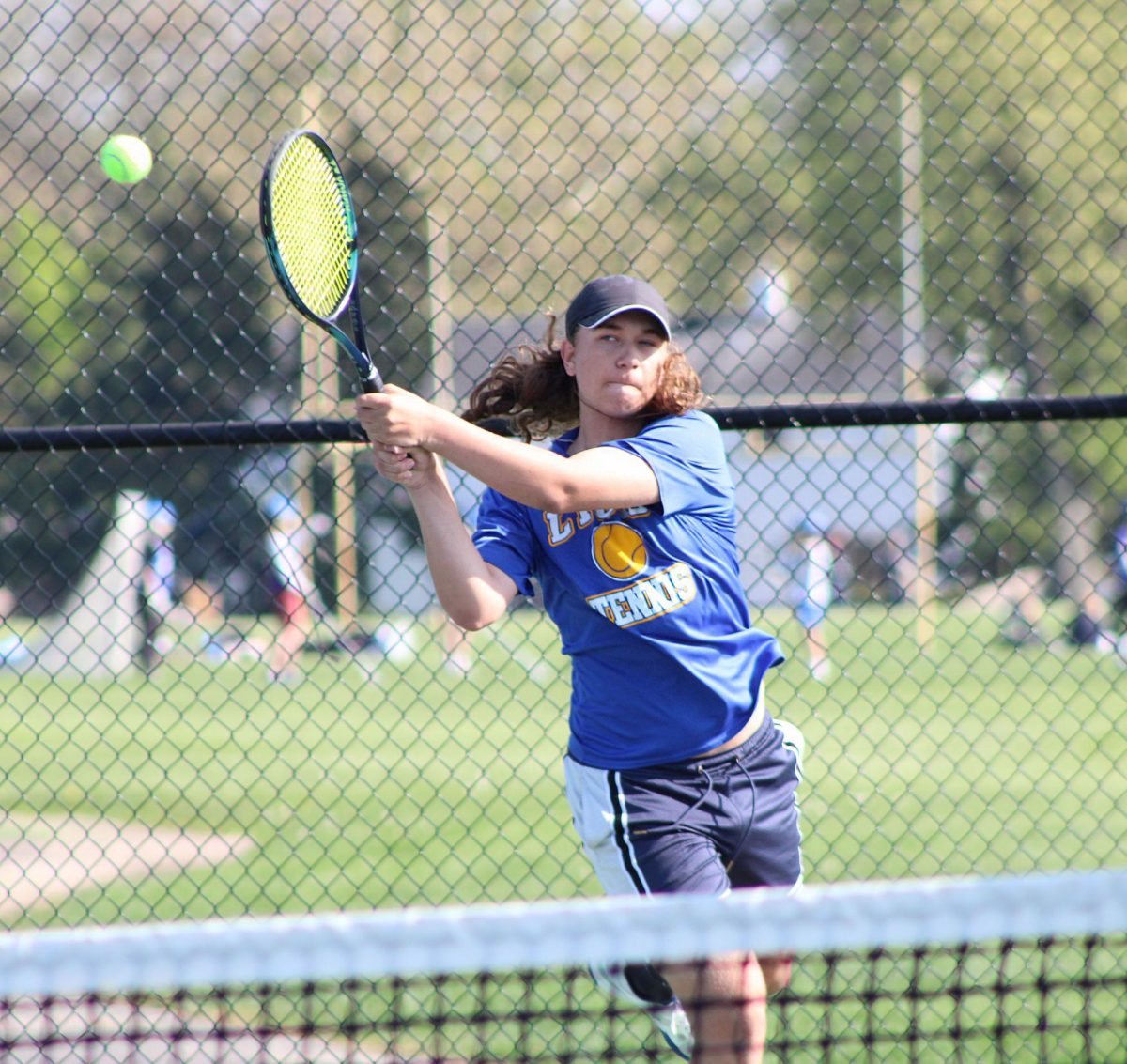




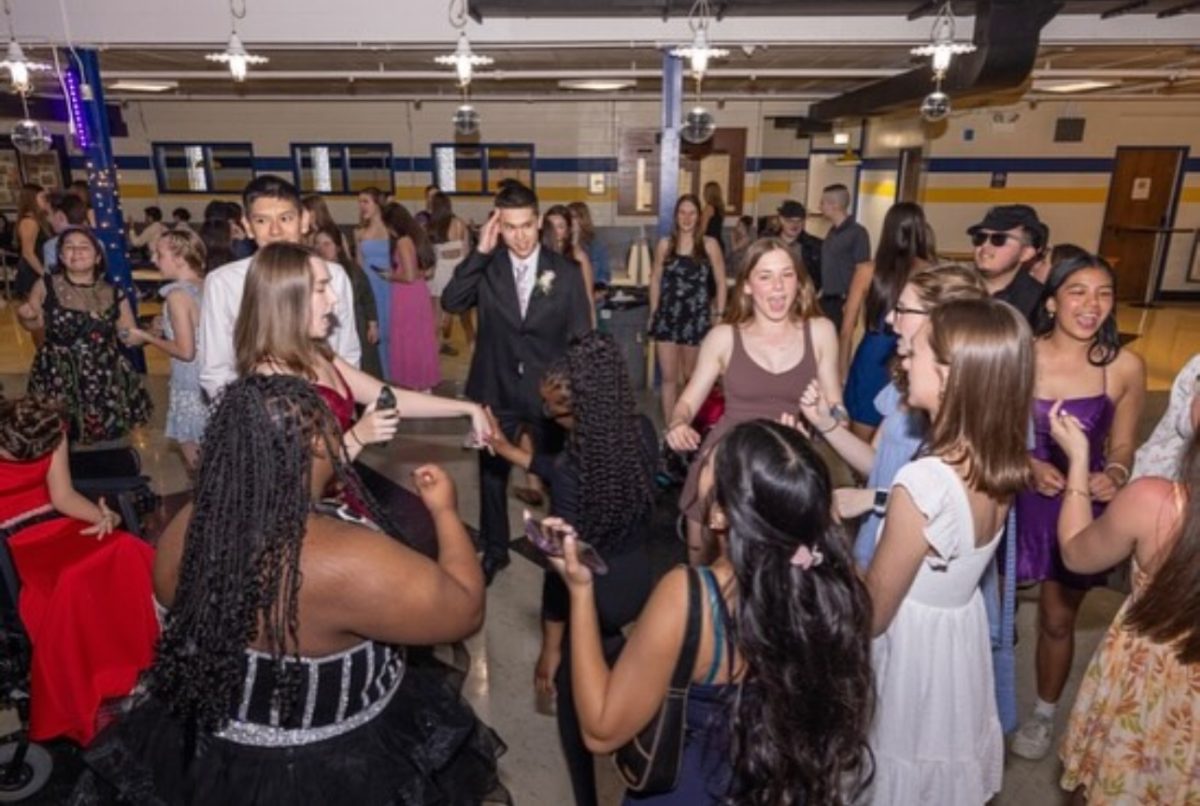
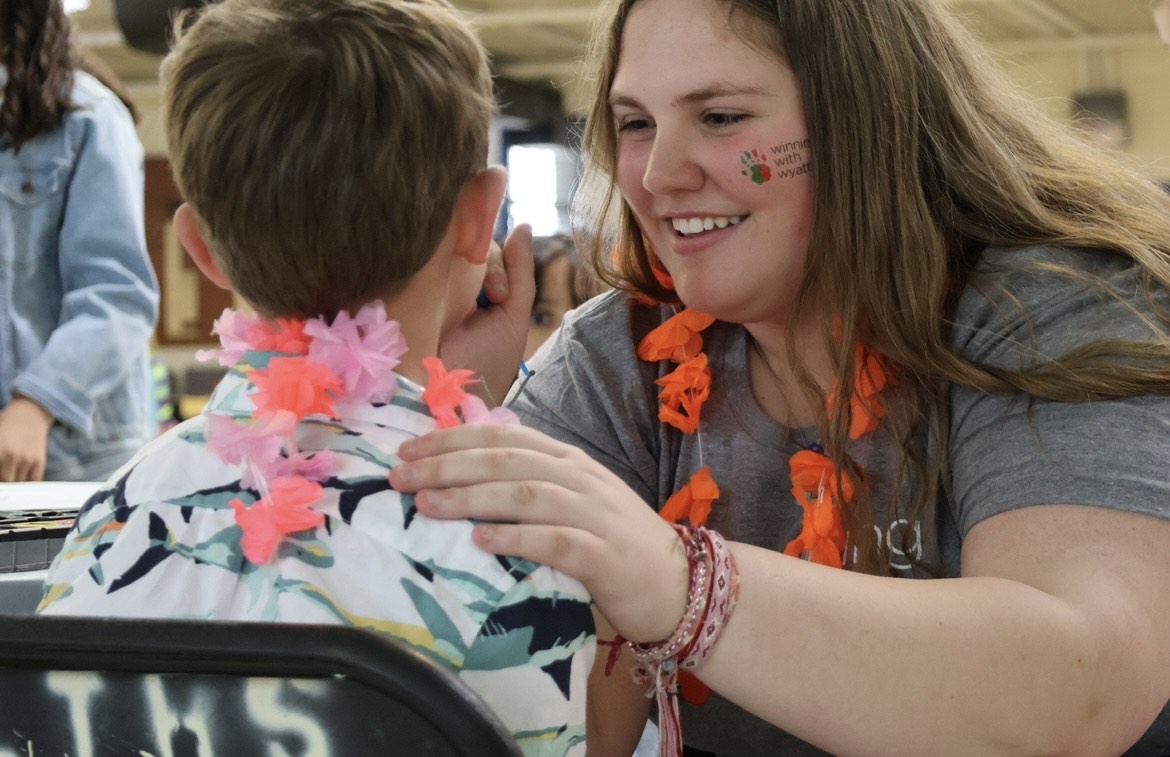




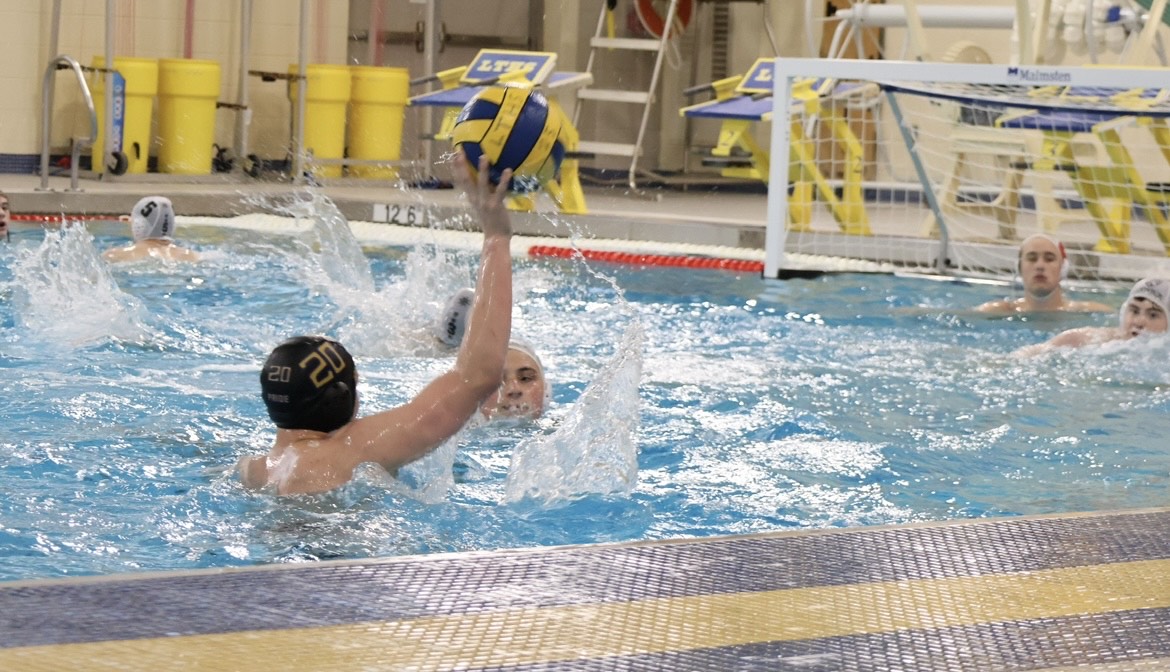
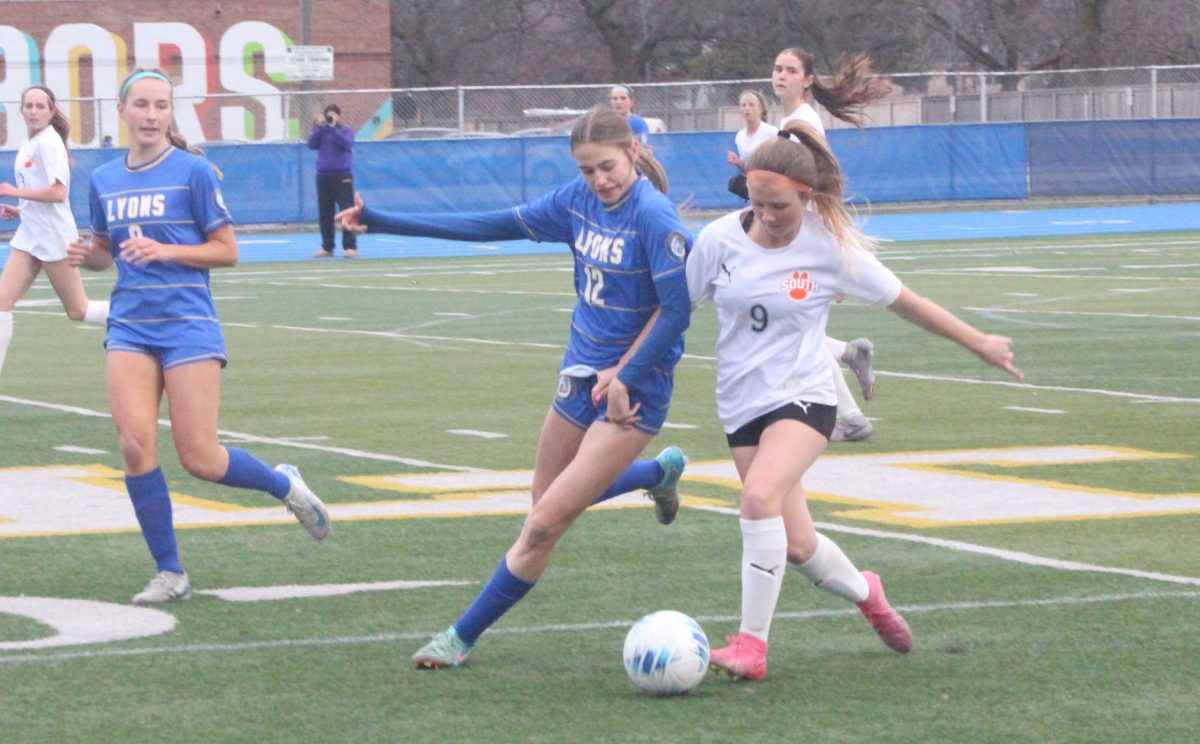







![Movie poster for '[Rec]" (2007).](https://www.lionnewspaper.com/wp-content/uploads/2023/04/rec-640x900.jpg)


